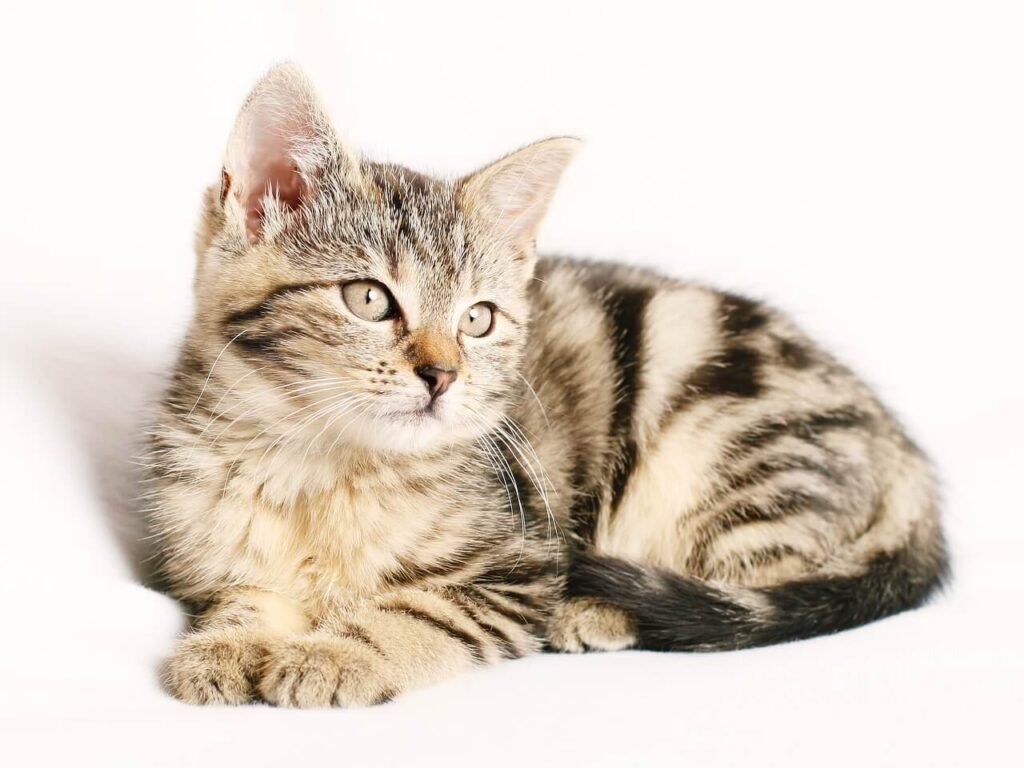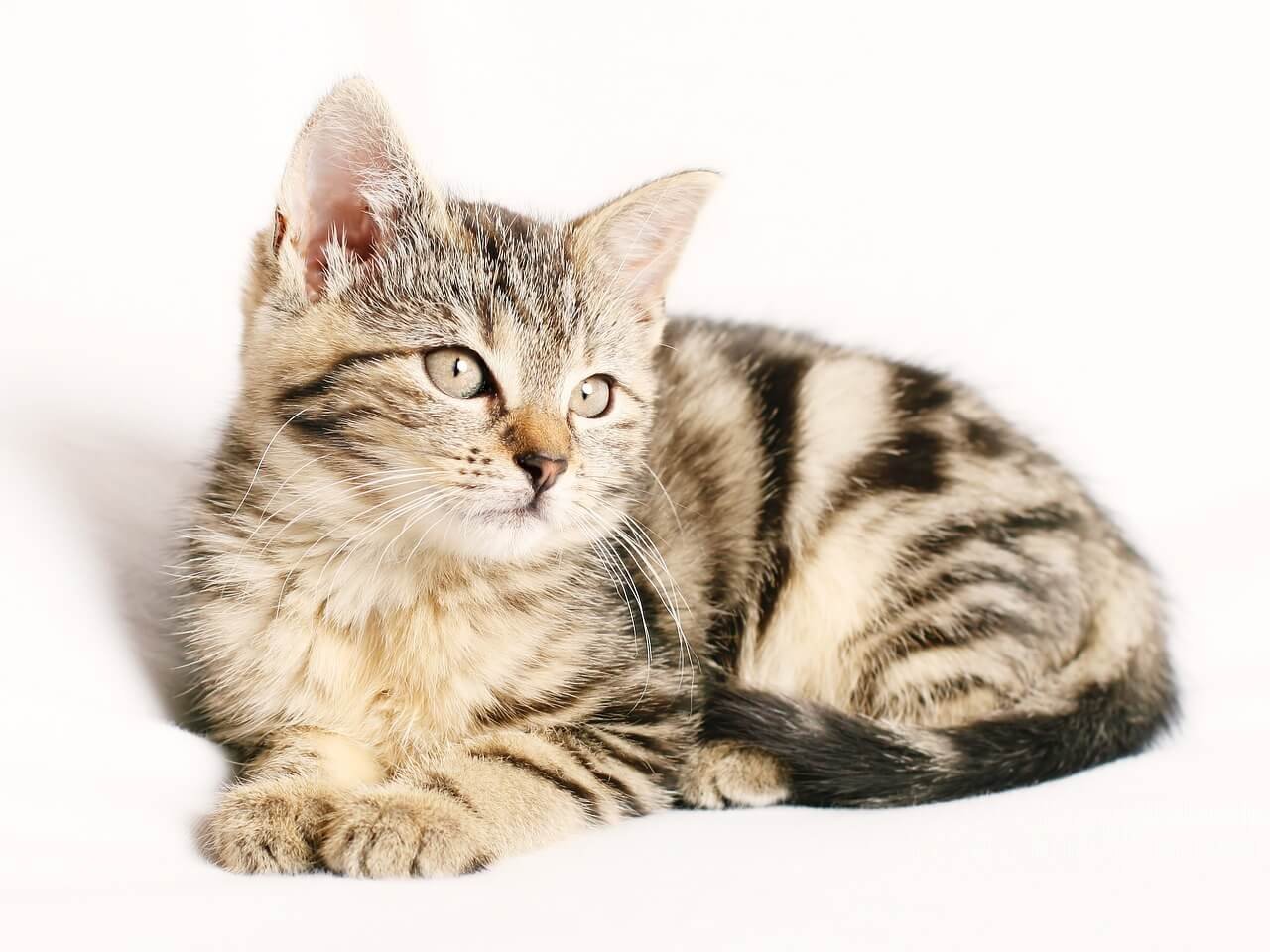Understanding Hyperthyroidism in Cats: A Guide for Pet Owners
Hyperthyroidism is one of the most common endocrine disorders in older cats, affecting their thyroid glands and overall health. This condition occurs when the thyroid gland produces excessive amounts of thyroid hormones, leading to a range of symptoms that can significantly impact your cat’s quality of life. While hyperthyroidism in cats can be concerning, early detection and proper management can help your feline companion live comfortably for years to come. In this blog post, we’ll explore the causes, symptoms, and treatment options for hyperthyroidism, as well as tips for supporting your cat through this challenging condition. Let’s dive into everything you need to know about hyperthyroidism in cats and how to provide the best care possible.
Common Symptoms of Hyperthyroidism in Cats
Recognizing the signs of hyperthyroidism early is crucial for ensuring timely treatment. Since this condition often affects senior cats, some symptoms may initially be mistaken for normal aging. Here are the most common signs to watch for:
Weight Loss Despite Increased Appetite
Cats with hyperthyroidism often lose weight even though they eat more than usual due to their overactive metabolism.Excessive Thirst and Urination
An increased demand for water and frequent trips to the litter box are hallmark signs of this condition.Hyperactivity or Restlessness
Some cats become unusually energetic or restless, while others may exhibit irritability or anxiety.Vomiting or Diarrhea
Digestive issues like vomiting and diarrhea can occur as a result of metabolic changes.Poor Coat Condition
A dull, matted, or unkempt coat may indicate underlying health issues, including hyperthyroidism.
If you notice any of these symptoms, it’s important to consult your veterinarian for a proper diagnosis. Early intervention can make a significant difference in managing hyperthyroidism effectively.
Causes and Risk Factors of Hyperthyroidism in Cats
While the exact cause of hyperthyroidism in cats is not fully understood, researchers have identified several potential factors that contribute to its development. Here’s an overview of the main causes and risk factors:
Overactive Thyroid Gland
The most direct cause is an overproduction of thyroid hormones due to abnormal growths or tumors in the thyroid gland.Age
Hyperthyroidism typically affects middle-aged and senior cats, with the majority of cases occurring in cats over 10 years old.Environmental Factors
Exposure to certain chemicals, such as flame retardants in household items, has been linked to an increased risk of thyroid issues.Genetic Predisposition
Some breeds or family lines may be more susceptible to developing hyperthyroidism.Dietary Influences
Certain diets, particularly those high in iodine, may play a role in triggering thyroid dysfunction.
Understanding these causes and risk factors can help you take proactive steps to minimize your cat’s chances of developing hyperthyroidism. Regular vet check-ups are essential for catching potential problems early.
Check this guide 👉Understanding Osteosarcoma in Cats: Best 7 Expert Tips!

Symptoms of Hyperthyroidism in Cats | Treatment Options Available |
|---|---|
Weight loss despite eating more | Medication (e.g., methimazole) |
Excessive thirst and urination | Radioactive iodine therapy |
Hyperactivity or restlessness | Surgical removal of the thyroid gland |
Vomiting or diarrhea | Dietary management (iodine-restricted food) |
Poor coat condition | Regular monitoring and follow-up care |
Treatment Options for Hyperthyroidism in Cats
Thankfully, there are several effective treatments available for managing hyperthyroidism in cats. The best option depends on your cat’s specific condition, age, and overall health. Here’s an overview of the most common treatments:
Medication
Drugs like methimazole can help regulate thyroid hormone levels but require regular administration and monitoring.Radioactive Iodine Therapy
This highly effective treatment involves injecting radioactive iodine to destroy overactive thyroid tissue without harming surrounding areas.Surgery
In some cases, surgical removal of the affected thyroid gland may be recommended, though it carries risks, especially for older cats.Iodine-Restricted Diets
Special prescription diets low in iodine can help manage the condition by limiting thyroid hormone production.Regular Monitoring
Regardless of the chosen treatment, ongoing veterinary check-ups are essential to ensure the condition remains under control.
Each treatment has its pros and cons, so it’s important to discuss them thoroughly with your veterinarian to determine the best course of action for your cat.
Tips for Supporting a Cat with Hyperthyroidism
Caring for a cat with hyperthyroidism requires patience, dedication, and attention to detail. Here are some practical tips to help you support your feline friend:
Provide a Stress-Free Environment
Minimize stress by maintaining a calm and predictable routine, as stress can exacerbate symptoms.Monitor Their Diet Closely
Ensure your cat eats a balanced diet tailored to their needs, especially if they’re on an iodine-restricted plan.Keep Fresh Water Available
Encourage hydration by providing clean, fresh water at all times to prevent dehydration.Schedule Regular Vet Visits
Frequent check-ups allow your vet to monitor your cat’s progress and adjust treatment as needed.Administer Medications Properly
Follow your vet’s instructions carefully when giving medications to avoid complications.
By incorporating these practices into your daily routine, you can help your cat live a comfortable and happy life despite their condition. Consistency and care are key.
Common Misconceptions About Hyperthyroidism in Cats
There are several misconceptions about hyperthyroidism that can lead to confusion or delayed treatment. Clearing up these myths is essential for ensuring your cat receives the care they need. Here are some common misunderstandings and the truth behind them:
Myth: Hyperthyroidism Only Affects Very Old Cats
While it’s more common in senior cats, hyperthyroidism can occur in middle-aged felines as well.Myth: Weight Loss Is Always a Sign of Aging
Unexplained weight loss should never be dismissed as normal aging—it could indicate hyperthyroidism or another health issue.Myth: Treatment Is Too Expensive for Most Owners
While some treatments like radioactive iodine therapy are costly, others, such as medication or dietary changes, are more affordable options.Myth: Hyperthyroidism Can’t Be Managed Long-Term
With proper care and monitoring, many cats live comfortably for years after diagnosis.Myth: Surgery Always Cures Hyperthyroidism
Surgery can be effective, but it doesn’t guarantee a cure and may carry risks depending on the cat’s overall health.
By dispelling these myths, pet owners can make informed decisions and seek timely treatment for their cats. Awareness is key to managing this condition successfully.
Signs That Your Cat’s Hyperthyroidism Is Under Control
When hyperthyroidism is effectively managed, you’ll notice positive changes in your cat’s behavior and health. Here are some signs that indicate your cat’s condition is stable:
Stable Weight
If your cat maintains a healthy weight without significant fluctuations, their treatment is likely working well.Improved Coat Condition
A shiny, soft coat free of mats or dullness suggests better overall health.Normal Energy Levels
Your cat’s activity level should return to what’s typical for their age, avoiding excessive restlessness or lethargy.Reduced Thirst and Urination
Decreased water consumption and fewer trips to the litter box indicate improved metabolic balance.Regular Appetite
Consistent eating habits without overeating or loss of appetite reflect hormonal stability.
These signs are encouraging and show that your efforts are paying off. Continue working closely with your vet to maintain your cat’s progress and address any concerns promptly.
Fun Facts About Feline Thyroid Health
Understanding the thyroid gland and its role in your cat’s body can deepen your appreciation for their overall health. Here are some interesting facts about feline thyroid function:
The Thyroid Regulates Metabolism
This small gland plays a big role in controlling how quickly your cat burns calories and processes energy.Hyperthyroidism Was First Diagnosed in Cats in the 1970s
Before this discovery, the condition was poorly understood and often misdiagnosed.Cats Have Two Thyroid Glands
Located on either side of the neck, these glands work together to produce hormones that regulate bodily functions.Iodine Is Essential for Thyroid Function
Both too much and too little iodine can disrupt thyroid hormone production, highlighting the importance of balanced nutrition.Cats Can Live Happily After Diagnosis
With advancements in treatment, many cats diagnosed with hyperthyroidism enjoy long, fulfilling lives.
These fun facts underscore the complexity of feline health and the importance of early detection and care. By staying informed, you can provide the best possible support for your furry friend.
Frequently Asked Questions About Hyperthyroidism in Cats
Is hyperthyroidism curable in cats?
While not always curable, hyperthyroidism can be effectively managed with treatments like medication, surgery, or radioactive iodine therapy.
Can hyperthyroidism shorten a cat’s lifespan?
If left untreated, it can lead to serious complications, but proper management allows many cats to live long, healthy lives.
What happens if hyperthyroidism is left untreated?
Untreated hyperthyroidism can lead to heart disease, kidney damage, and other life-threatening conditions.
How much does treatment for hyperthyroidism cost?
Costs vary depending on the treatment method, ranging from affordable medications to expensive radioactive iodine therapy.
Are certain breeds more prone to hyperthyroidism?
No specific breed is predisposed, but older cats are at higher risk regardless of breed.
Empowering Your Cat’s Journey with Hyperthyroidism
Hyperthyroidism in cats may seem daunting, but with the right knowledge and care, it doesn’t have to define your pet’s life. By staying vigilant for symptoms, working closely with your veterinarian, and providing a supportive environment, you can help your cat thrive despite their condition. Remember, every small effort counts—whether it’s administering medication, adjusting their diet, or simply offering extra cuddles during tough times. Together, we can ensure our feline companions feel loved, safe, and cared for, no matter what challenges they face. With patience and dedication, your cat can continue to bring joy and companionship to your life for years to come.
Canned Pumpkin for Cat Diarrhea: Best 7 Expert Tips! Natural remedy to firm stools, soothe upset bellies, and support gut health safely.
Can a Cat Give You Scabies? Best 7 Expert Tips! Discover the truth about feline mites, human skin risks, and how to protect yourself—without panic.
Cat Flea vs Human Flea: Best 7 Expert Tips! Discover the truth about bites, species, and how to eliminate infestations for good.
Weird Cat Behaviors: Best 7 Expert Tips! Discover why cats do strange things—and how to understand, not punish, their instincts for a happier home.





